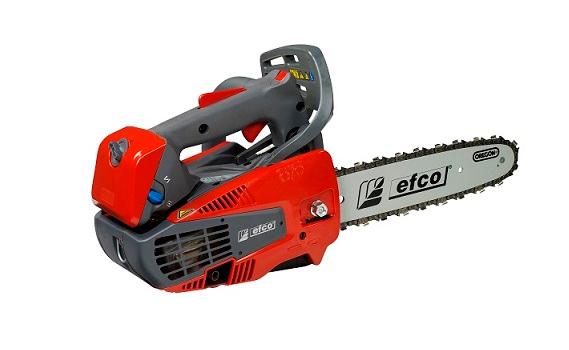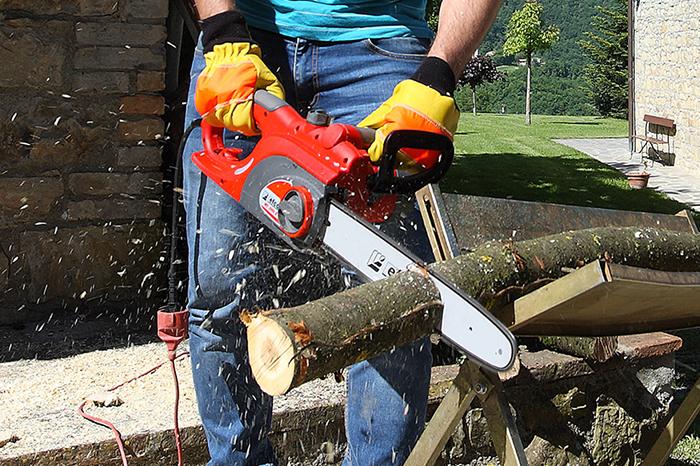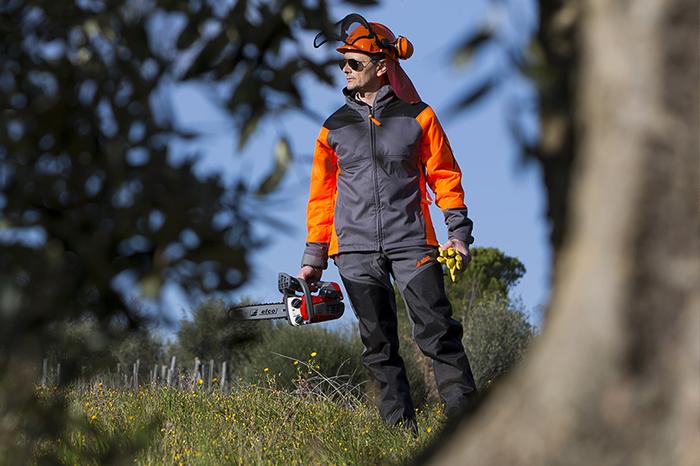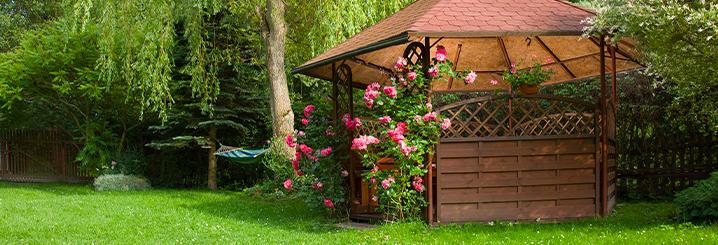Pruning the Christmas pine tree

Christmas is in the air and the festive ambiance is already warming the city with lights, decorations, music and craft markets... But is your garden ready? The run-up to Christmas is a good time to prune the pine or fir that you plan to decorate as a Christmas tree, before adorning its branches with outdoor lights.
In this article we tell you how to prune conifers like the spruce or silver pine. Careful pruning is essential for the health and beauty of these evergreens, whose colours and shape help bring your garden to life all year round, including in the winter season.
Pruning pine and fir trees
As you know, pine and fir trees are conifers, which have small and typically needle-shaped leaves. Pines and firs are evergreen conifers. Unlike deciduous trees (such as fruit trees), they constantly shed and renew their leaves, enabling them to stay green all year round.
Compared with other trees, what are some peculiarities of conifers when it comes to pruning? Firstly, in conifers such as pines and firs—as well as larches, junipers, cypresses and sequoias—the inner part of the tree is normally bare and tends to dry out. That is because these trees only grow new leaves (needles) on the outermost part of the foliage, i.e., on the green sprigs, which you can prune. However, do not prune the part of the branches that is closest to the trunk and bare of foliage.
On other types of tree, the collar is the bulging base of a branch where it joins the trunk or its parent branch. However, on conifers the collar does not bulge and is therefore less recognisable. Why is the collar important? Because it is here that the natural defences of the tree and the tissues capable of closing the pruning cut and forming a healing callus are concentrated.
For this reason, when pruning the branches of your garden Christmas tree, don’t cut into the collar, and don’t saw flush with the trunk or parent branch that you are leaving on the tree. The best place to cut is no more than 1-3 cm away from the collar. It is equally important not to leave branch stumps, as they are vulnerable to attack by parasites and it is difficult for the tree to completely close the cut at these points.
Once pruned, conifers do not grow new branches from the cutting point. So, to avoid ending up with a stunted spruce tree in your garden, when pruning conifers avoid:
- Shortening the main branches, i.e. those attached to the trunk
- Trimming the crown of the tree and the top of the trunk
- Drastic pruning in general
It is not just a question of aesthetics, but above all health: a tree with fewer leaves also has fewer nutrients available for vital functions and as an energy reserve. This is all the more true in the case of older trees. In addition, the plant must expend lots of energy to heal pruning cuts, which are effectively wounds.




How to prune conifers
Bearing in mind what we said above, you should exercise restraint when pruning pines and firs. Pruning essentially involves making cuts to:
- Remove branches that are dried up, weak, diseased or broken
- Remove branches that are badly positioned, overlapping other branches or codominant (as in a double leader tree)
- Raise the canopy by removing low-growing branches
- Shape the canopy
Does the Christmas tree in your garden have a double leader? If it is not yet fully developed, simply make a cut at the fork, near the branch collar, to remove the weakest leader. Otherwise, it is better to prune a double leader tree in multiple sessions over an extended period of time.
You can prune pines or firs using pruning tools such as shears and loppers—which are designed to cut large branches between 2.5 and 4.5 cm—or saws. Alternatively, you can opt for a chainsaw: Efco offer various models. Choose an electric chainsaw such as the MT 2000 E if you want a quick and precise solution that is perfect for small pruning tasks in the garden, as well as for DIY jobs and cutting up logs for the fireplace.
If, on the other hand, you want a chainsaw specifically for pruning, you can go for a handy and lightweight petrol-engine pruning chainsaw like the MTT 2500 or MTT 3600.
Are you a chainsaw novice? Would you like to take a mini-course to learn to use them properly? If so, read our article on how to use chainsaws. It takes you through the basics, including how to start and operate a chainsaw.


The best time to prune pines and firs
For deciduous trees, the best time to prune is during the winter dormancy period. In this season, the trees’ energy is not being expended on a particular activity, such as the production of buds, leaves and flowers in spring, or the shedding of leaves in autumn.
By contrast, conifers can renew their foliage more or less throughout the year, but it is better to schedule pine and fir tree pruning between mid-December and late February, because in winter the trees are least likely to be attacked by parasites.
However, it is advisable to exclude particularly cold spells, in case the cut surfaces become damaged by frost.



